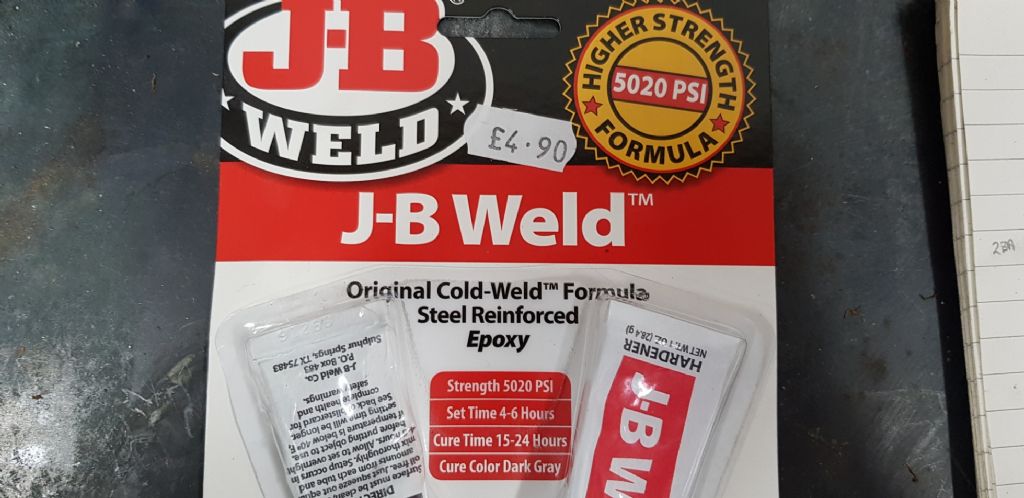Thanks all. So it's not a completely daft idea to use epoxy after all!
I think that since the compressive strength of the epoxy is much less than steel, the best way forward would be to:
1) Determine the torque I'm currently tightening the bolts to (using a torque wrench).
2) Put the epoxy under the column and replace the steel shims that gave perfect alignment.
3) Torque to within, say, 20 Nm of the previously determined torque value.
4) Check alignment.
5) Finally tighten by diagonally torqueing the bolts back to the original value (ie nominal +20 Nm), making fine adjustments if necessary to maintain alignment.
That way I'd know that the column was seated, aligned, and loaded against the shims. The final torqueing would give me some confidence that the bolts were loaded to a similar extent as they were before the epoxy was in place. It would also make sure that the epoxy was actually being compressed to a greater or lesser degree, which was the overall aim of the whole exercise
Question is how to apply the epoxy equally over the interface area, without it getting into the threads. Someone mentioned o-rings around the bolts, which might be a good option.
BTW the thickest shim in the worst-case corner is 0.013". This tapers to zero at the opposite corner, and approx. 0.006" under the other corners. As I said, these shims are very narrow (about 5mm wide), so this is why I want to get much more area in contact. Increasing the area by shoving the shims further under, always screws the alignment – believe me I tried so many combinations that I was worried about wearing the threads out!. I appreciate what Andrew says about column stiffness not influencing chatter much, but to me the amount of contact area I've currently got is pushing it in terms of what's acceptable.
 Neil Wyatt.
Neil Wyatt.





